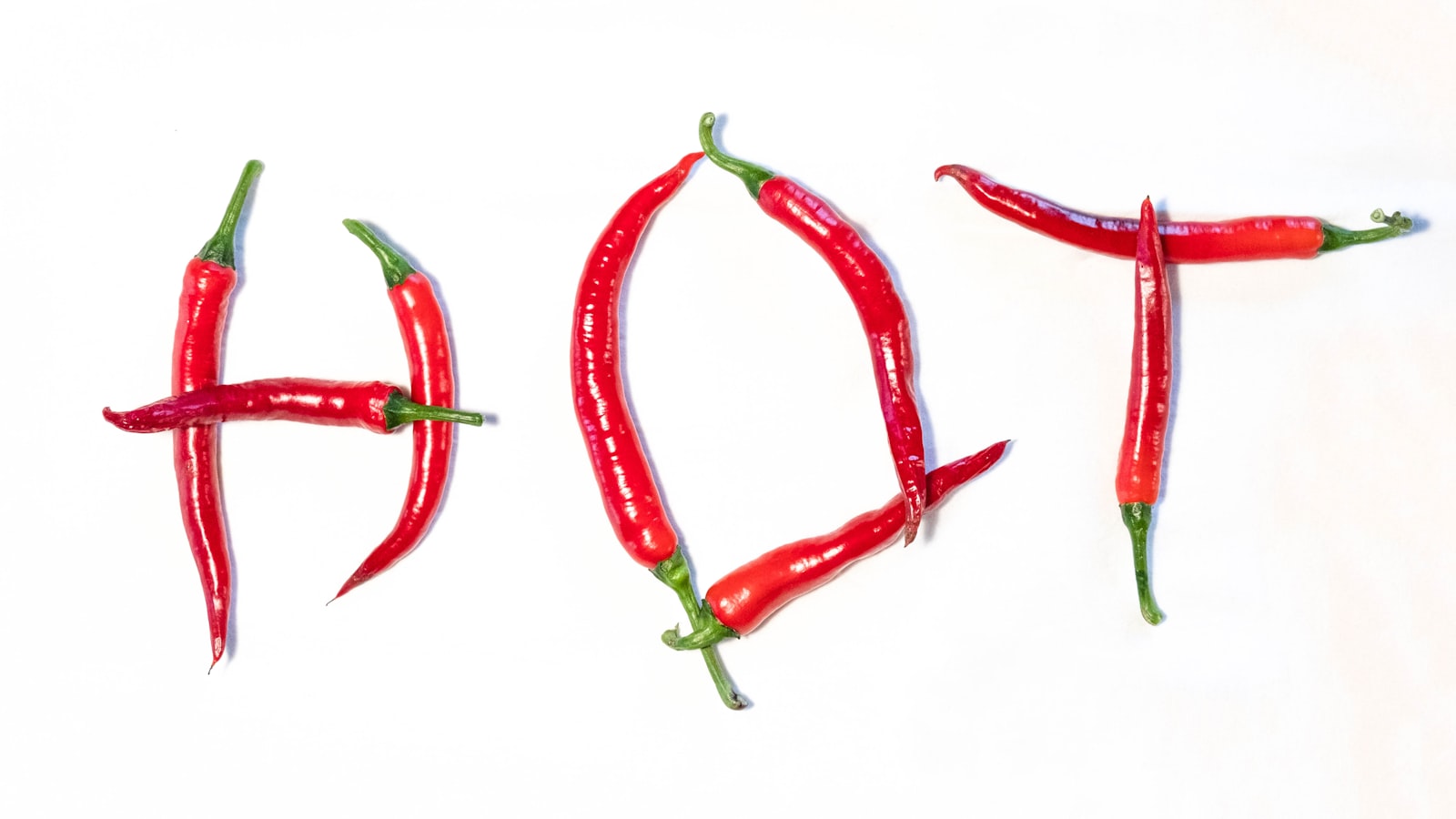Elevate your cooking game
Discover the world of seasonings and take your culinary skills to the next level. From herbs and spices to blends and rubs, learn how to use different types of seasonings to add flavor, depth, and complexity to your dishes. With this guide, you'll be able to create delicious meals that will impress even the most discerning palates.
Introduction
Seasonings are an essential part of cooking that can elevate a dish from bland to flavorful. They are used to add flavor, aroma, and even color to dishes. However, with so many types of seasonings available, it can be overwhelming to know which ones to use for different dishes. In this article, we will explore the different types of seasonings, their uses, and how to incorporate them into your cooking.
Salt
Salt is one of the most commonly used seasonings and is essential in most dishes. It enhances the natural flavors of ingredients and can bring out the sweetness, sourness, or bitterness of a dish. Salt is also a preservative, which is why it is commonly used in preserving meat and fish. There are many types of salt, including table salt, sea salt, kosher salt, and Himalayan pink salt. Table salt is the most common and is used in everyday cooking. Sea salt and Himalayan pink salt are considered more gourmet and are used to add a pop of flavor to dishes. Kosher salt is often used in kosher cooking and has a larger grain size, making it easier to control the amount of salt being used.
Pepper
Pepper is another commonly used seasoning that adds heat and flavor to dishes. Black pepper is the most common type of pepper used in cooking, but white pepper and green pepper are also used. Black pepper is made from dried and ground peppercorns and has a strong and pungent flavor. White pepper is made from ripe peppercorns that have had their skins removed, giving it a milder flavor. Green pepper is made from unripe peppercorns and has a fresh and fruity flavor.
Herbs
Herbs are a type of seasoning that come from the leaves of plants. They are used to add flavor and aroma to dishes and are often used in conjunction with other seasonings. Some commonly used herbs in cooking include basil, oregano, thyme, rosemary, sage, and parsley. Basil is commonly used in Italian dishes and has a sweet and slightly peppery flavor. Oregano is commonly used in Greek and Mediterranean dishes and has a slightly bitter and pungent flavor. Thyme has a sweet and slightly minty flavor and is commonly used in stews and soups. Rosemary has a woody and slightly pine-like flavor and is commonly used in roasted meats. Sage has a slightly bitter and earthy flavor and is commonly used in stuffing and sausages. Parsley has a mild and slightly sweet flavor and is commonly used as a garnish.
Spices
Spices are another type of seasoning that are made from the seeds, bark, roots, or fruits of plants. They are used to add flavor and aroma to dishes and can range from mild to spicy. Some commonly used spices in cooking include cinnamon, cumin, paprika, nutmeg, cloves, and ginger. Cinnamon is commonly used in baking and has a sweet and warm flavor. Cumin has a warm and slightly bitter flavor and is commonly used in Indian and Middle Eastern dishes. Paprika is made from ground dried peppers and has a sweet and slightly spicy flavor. Nutmeg has a sweet and nutty flavor and is commonly used in baked goods and creamy sauces. Cloves have a strong and pungent flavor and are commonly used in holiday dishes. Ginger has a slightly spicy and citrusy flavor and is commonly used in Asian and Indian dishes.
Blends
Seasoning blends are pre-mixed combinations of different seasonings and herbs that are often used in specific cuisines or for specific dishes. For example, Italian seasoning typically includes basil, oregano, and thyme, while Cajun seasoning may include paprika, cayenne pepper, and garlic powder. Blends can be a convenient way to add complex flavor to a dish without having to measure out multiple individual seasonings.
How to Use Seasonings in Cooking
1. Measuring
It’s important to measure your seasonings properly when cooking to ensure that you’re using the right amount. A general rule of thumb is to use 1 teaspoon of dried herbs or spices for every 4 servings of food. However, this can vary depending on the intensity of the seasoning and personal taste.
2. When to Add
When adding seasonings to your dish, the timing can be important to get the most flavor out of them. Some herbs, such as basil and cilantro, are best added at the end of cooking to preserve their fresh flavor. Other seasonings, like bay leaves and dried herbs, can be added at the beginning of cooking to infuse the flavors into the dish.
3. Pairing
Pairing seasonings with specific ingredients can enhance the overall flavor of a dish. For example, rosemary pairs well with lamb, while thyme is often used with chicken. Salt and pepper are staples in most dishes, but other seasonings like cumin and chili powder are often used in Mexican and Tex-Mex dishes.
Storing Seasonings
Proper storage of seasonings can help maintain their freshness and potency. Dried herbs and spices should be stored in a cool, dark place, away from heat and moisture. Avoid storing them near the stove or in direct sunlight. Ground spices and herbs typically last up to a year, while whole spices can last up to 2 years.
Conclusion
Seasonings are a crucial component in cooking that can enhance the flavor of any dish. Understanding the different types of seasonings and how to use them can help take your cooking to the next level. Remember to measure your seasonings properly, add them at the right time, and pair them with the right ingredients. With a little experimentation and practice, you can create delicious and flavorful dishes that will impress your family and friends.

Tag
seasonings explained, spice knowledge made easy, flavors for every dish, spiceupyourlife
seasoning101, kitchenessentials, flavorfulcooking, cookingtips, foodblogger
foodiefinds, homecooking, cookinghacks, tastyandhealthy, spicesandherbs, foodlover
yumyum, deliciousdishes, eatwellbewell, foodinspiration, spicesoflife
'Ingredient' 카테고리의 다른 글
| Best 10 Oils for Frying and using tips - Ingredients (0) | 2023.03.10 |
|---|---|
| The best ingredients for keto cooking - Ingredients (0) | 2023.03.09 |
| How to cook with different types of seafood - Ingredients (0) | 2023.03.08 |
| How to cook with different types of nuts - Ingredients (0) | 2023.03.08 |
| The best ingredients for gluten-free cooking - Ingredients (0) | 2023.03.07 |







댓글